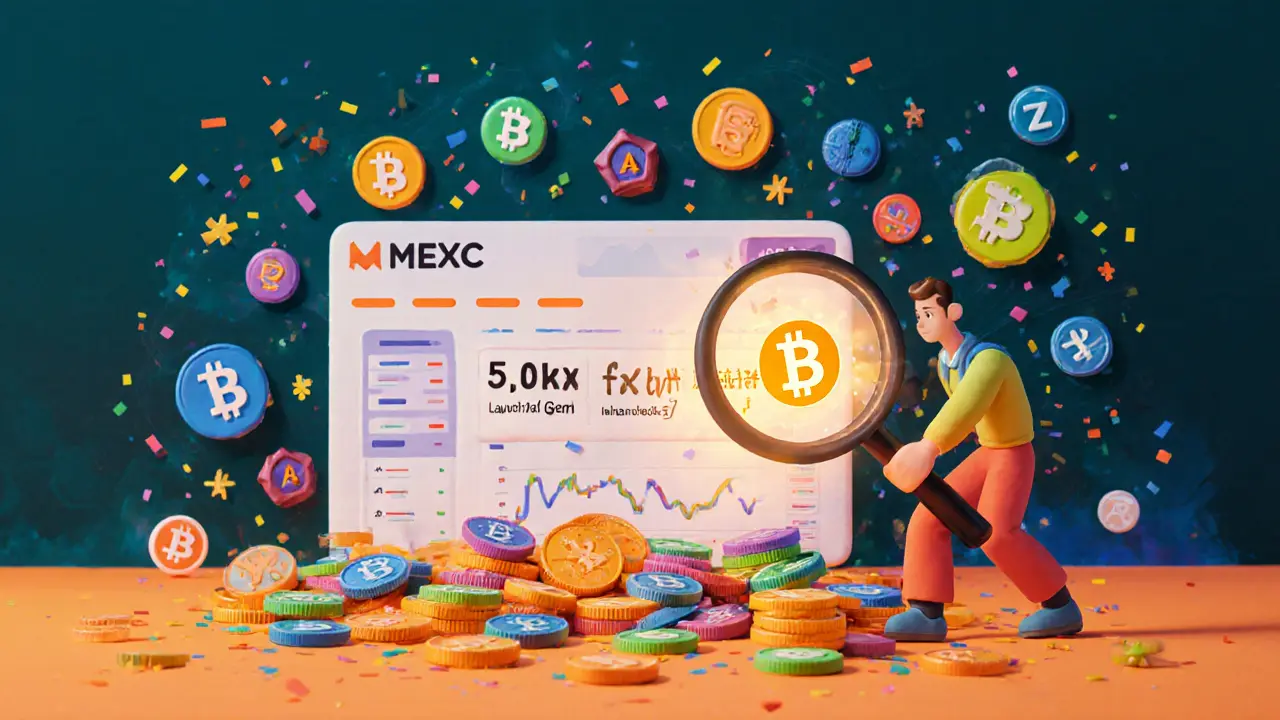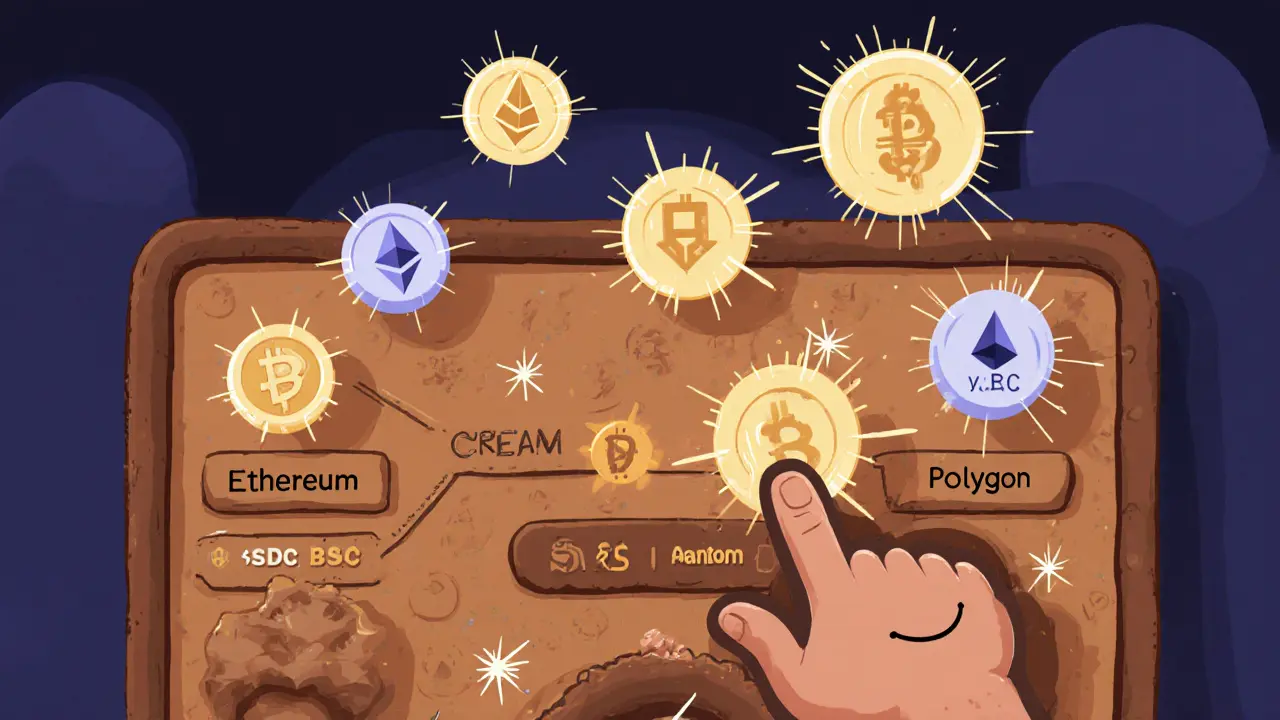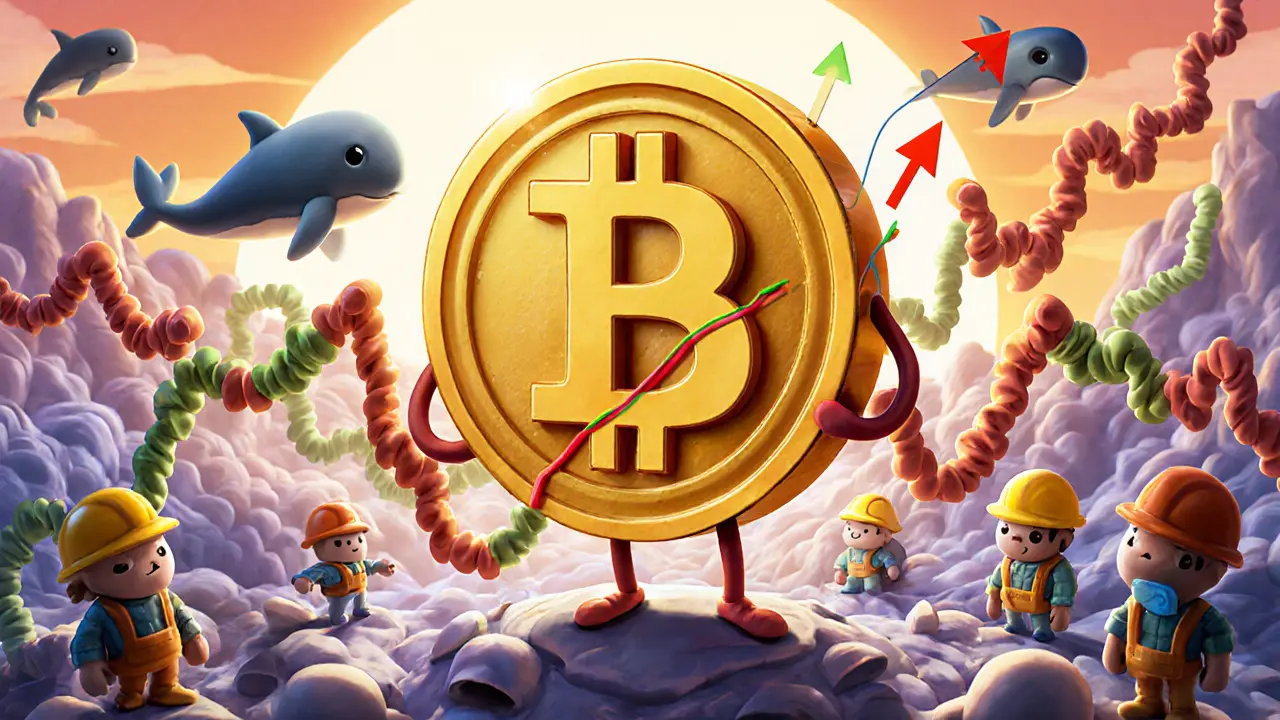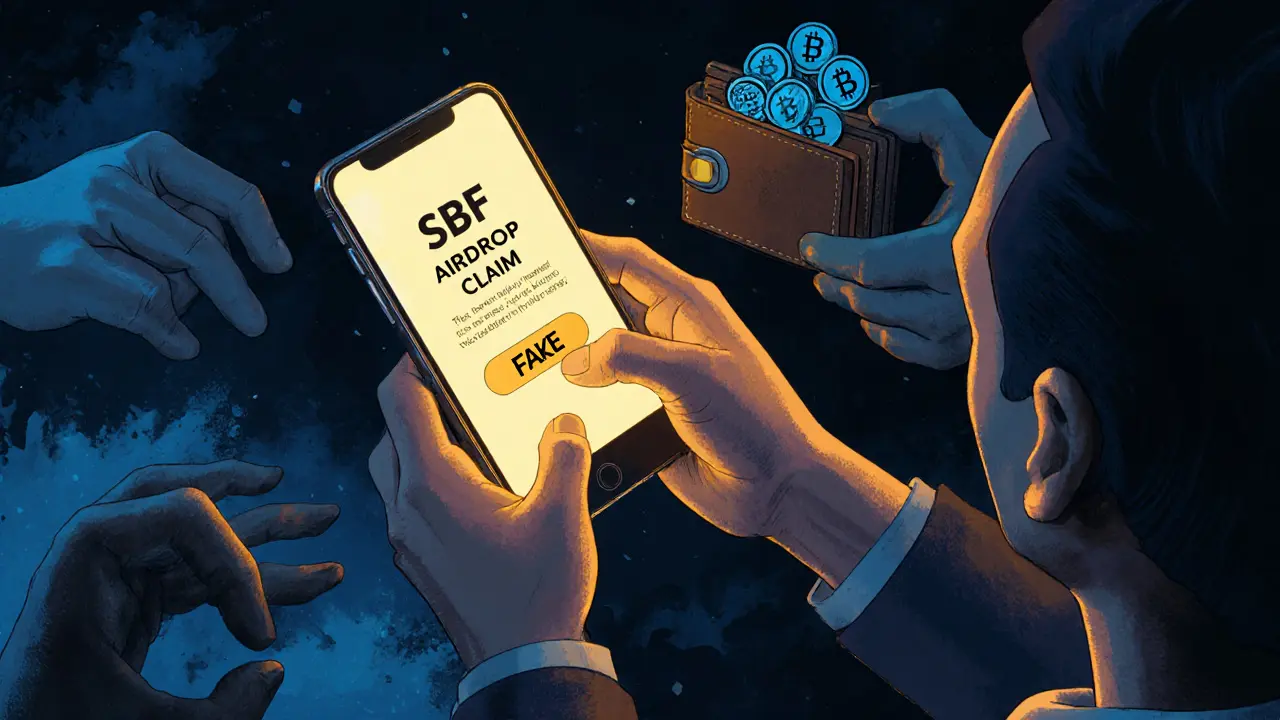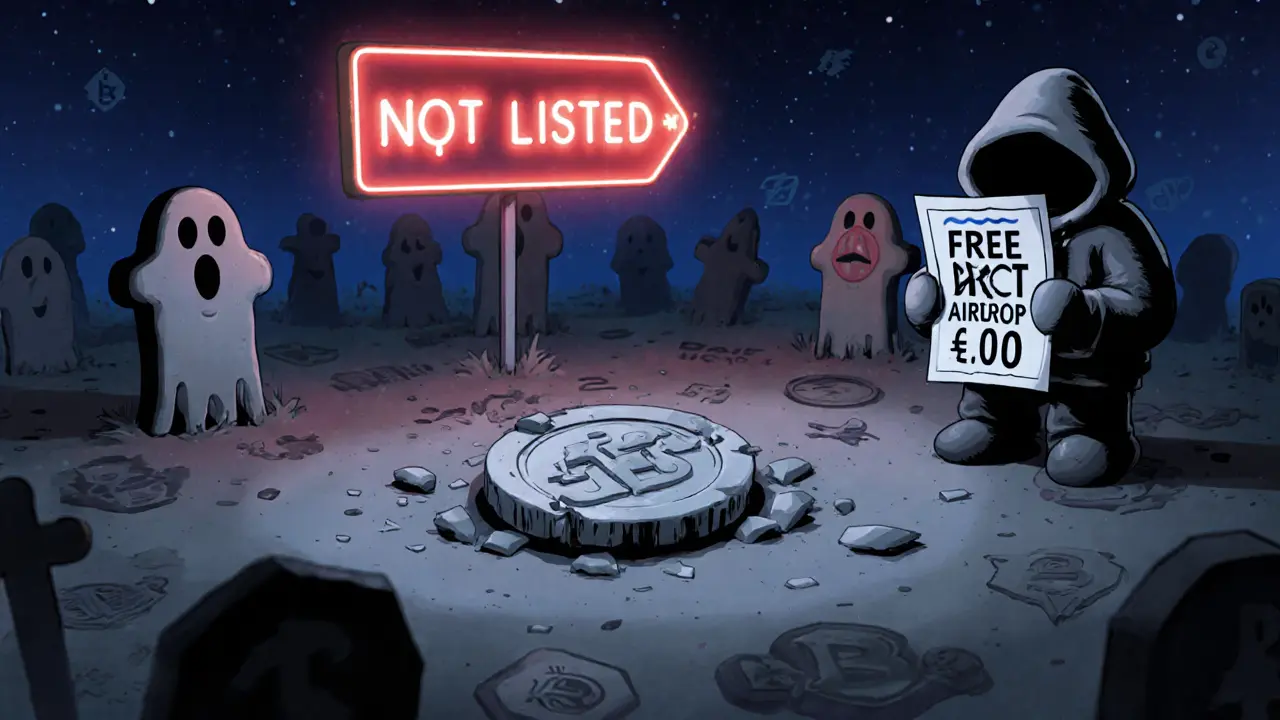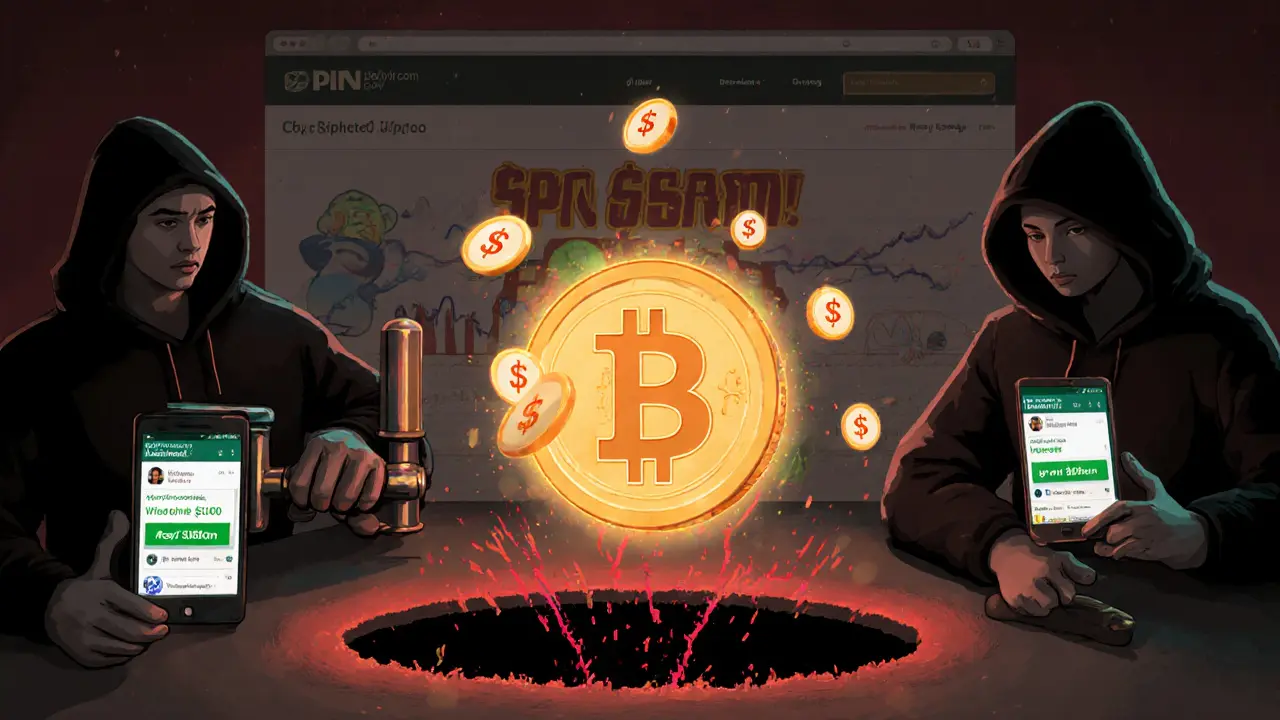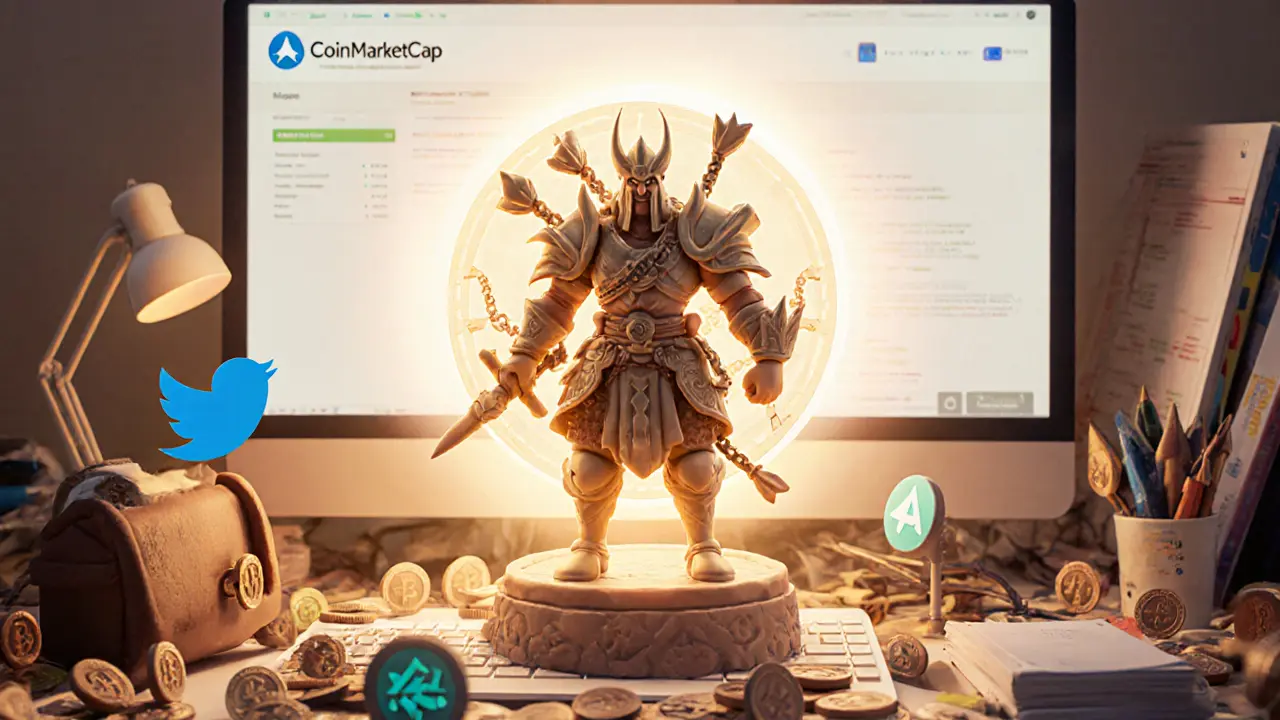Crypto & Blockchain: Exchanges, Privacy Coins, and Real-World Use Cases
When you hear Crypto, digital assets that run on decentralized networks and let people send value without banks. Also known as cryptocurrency, it’s not just about Bitcoin anymore—it’s about how money, identity, and trust are being rebuilt from the ground up. Behind every coin is a Blockchain, a public, tamper-proof ledger that records transactions across many computers so no single group controls it. This tech doesn’t just power money—it’s changing energy grids, event tickets, and even stock trading. You can’t talk about crypto without talking about crypto exchanges, platforms where people buy, sell, or trade digital assets, but many are unsafe, unregulated, or outright scams. Some look flashy with high leverage and zero slippage claims, but if they skip audits or hide their team, they’re not tools—they’re traps. And then there’s privacy coins, cryptocurrencies like Monero and Zcash designed to hide who sent what to whom, unlike Bitcoin where every transaction is public. They’re not for criminals—they’re for journalists in authoritarian states, people in hyperinflation countries, and anyone who believes financial privacy is a right, not a luxury.
Blockchain isn’t magic. It needs real-world connections, and that’s where blockchain oracles, systems that feed real data like stock prices or weather into smart contracts come in. Without them, a smart contract can’t know if a flight was delayed or if Bitcoin hit $60K. And when you’re earning crypto by locking up your coins in DeFi, decentralized finance platforms that replace banks with code, offering loans, savings, and trading without intermediaries, you’re not just chasing APY—you’re betting on code that might have bugs, no insurance, and no customer support. Yield farming sounds great until your tokens lose half their value overnight. Meanwhile, governments aren’t sitting idle. Countries like Angola banned mining because it was draining power from hospitals. The U.S. built a $17 billion Bitcoin reserve from seized coins. Russia’s citizens face jail time for using certain exchanges. This isn’t theory—it’s happening right now, and it’s shaping who can use crypto, where, and under what rules.
What you’ll find below isn’t a list of hype. It’s a clear-eyed look at what’s real and what’s not. You’ll read about exchanges that look promising but are dangerously opaque, airdrops that promise free tokens but have zero value, and blockchain projects that actually solve problems—like tokenizing 3D objects or letting neighbors trade solar power directly. Some posts warn you away from scams. Others show you how to spot real innovation. You’ll learn why Portugal lets you hold Bitcoin tax-free, why El Salvador’s Bitcoin experiment failed, and why a coin called SPHYNX dropped 90% in months. This isn’t about getting rich quick. It’s about understanding what’s happening, who’s behind it, and how to protect yourself while still being part of the shift.
MEXC Crypto Exchange Review 2025: Fees, Altcoins, and Leverage Explained
MEXC is a top crypto exchange for altcoins and high-leverage trading, offering 3,000+ trading pairs, zero maker fees, and up to 500x leverage. Not available in the U.S. or Canada, but ideal for experienced traders seeking diversity and low costs.
What is Cream Finance (CREAM) Crypto Coin? A Clear Guide to DeFi's Multi-Chain Lending Protocol
Cream Finance (CREAM) is a multi-chain DeFi lending protocol that focuses on longtail crypto assets others ignore. Learn how it works, why its tokenomics are controversial, and who should use it.
SkullSwap Crypto Exchange Review: Is This Fantom DEX Worth Using in 2025?
SkullSwap is a nearly inactive Fantom DEX with minimal liquidity, no audits, and zero community support. Avoid it for trading - use SpookySwap or Uniswap instead.
Minter (BSC) Crypto Exchange Review: What You Need to Know in 2025
There is no crypto exchange called Minter (BSC). Learn what the term really means, how token minting works on BSC, and which real platforms to use instead - plus how to avoid scams in 2025.
Essential Technical Indicators for Bitcoin Trading
Learn the essential technical indicators for Bitcoin trading - RSI, moving averages, Bollinger Bands, and on-chain tools like MVRV Z-Score. Understand what works, what doesn't, and how to combine them for better decisions.
SteakBank Finance (SBF) Airdrop: What’s Real, What’s Not, and How to Stay Safe
There is no confirmed SteakBank Finance (SBF) airdrop as of November 2025. With zero tokens in circulation and no official announcements, claims of free SBF tokens are scams. Learn how to spot fake airdrops and stay safe in DeFi.
How BFT Ensures Blockchain Network Reliability
Byzantine Fault Tolerance (BFT) ensures blockchain networks stay reliable even when up to one-third of nodes are faulty or malicious. It delivers instant transaction finality, making it essential for enterprise systems like banking and supply chains.
DRCT Ally Direct Token Airdrop: What’s Real and What’s Not in 2025
No DRCT Ally Direct Token airdrop exists in 2025. The token trades at $0, has no exchange listings, and zero trading volume. Avoid fake airdrop scams and focus on real crypto opportunities with active markets.
FLATA Exchange Crypto Exchange Review: Is It Safe or Just Another Scam?
FLATA Exchange shows all signs of a crypto scam: no official presence, no user reviews, no regulation. Learn how to spot fake exchanges and protect your funds in 2025.
Spin Crypto Exchange Review: Is It Legit or a Scam?
Spin Crypto Exchange is not a legitimate platform-it's a scam. No trusted sources list it, and victims report losing thousands after fake profits turn to nothing. Learn how the scam works and which real exchanges to use instead.
LFW x CMC NFT Airdrop: How to Get Your Free NFT from Linked Finance World
The LFW x CMC NFT airdrop offers 500 free NFTs to CoinMarketCap users. Learn how to join, what you get, and whether Linked Finance World is worth your time in this detailed guide.
What Is Yield Farming in Cryptocurrency? A Clear Guide to Earning Crypto Rewards
Yield farming lets you earn crypto by locking up your tokens in DeFi liquidity pools. It offers high rewards but comes with major risks like impermanent loss, hacks, and gas fees. Learn how it works, who’s doing it, and how to start safely.
